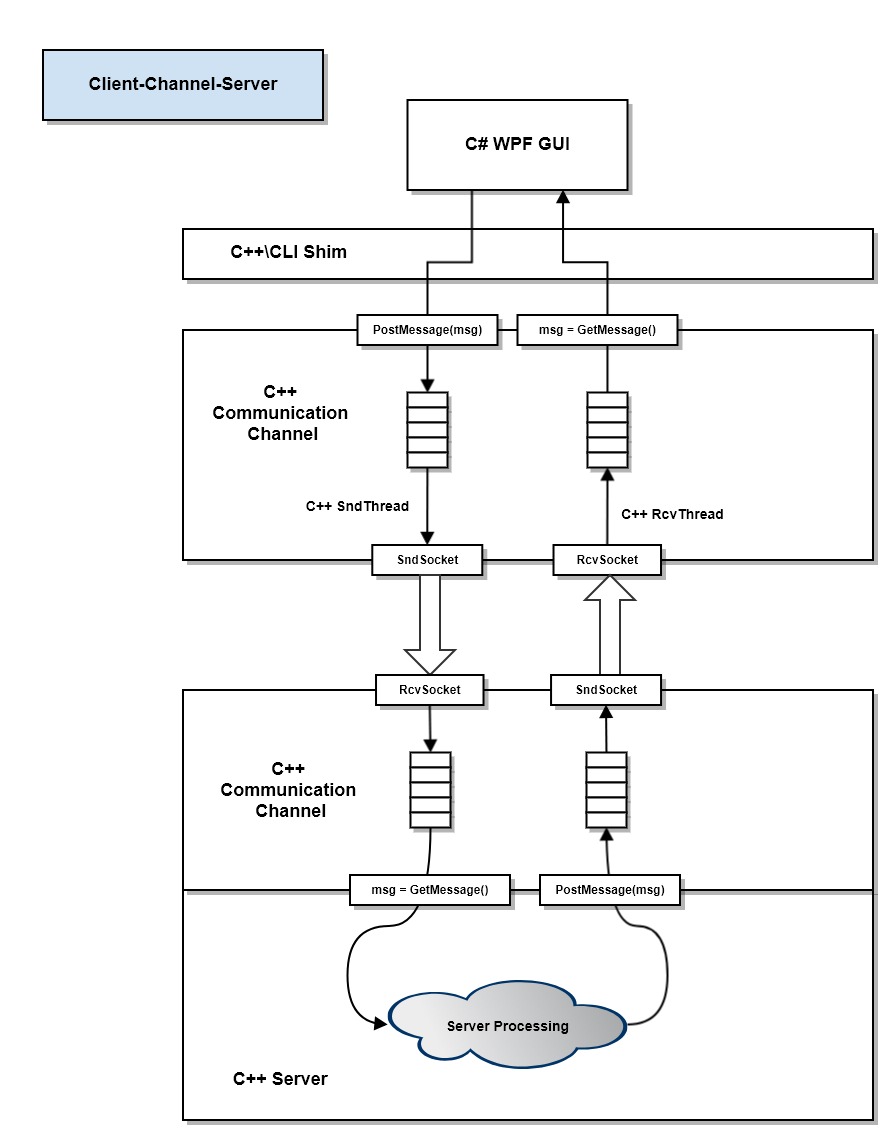Purpose:
One focus area for this course is understanding how to structure and implement big software systems. By big we mean systems that may consist of hundreds or even thousands of packages1 and perhaps several million lines of code. We won't be building anything quite that large, but our projects may be considerably bigger than anything you've worked on before.
-
Loading dynamic link test libraries:
This requires:
- clients send one or more test libraries to the TestHarness Server
- clients pass test request messages to define which libraries are to be executed
-
Executing tests:
This requires:
- TestHarness executes each test request in a separate process, provided by a process pool.
- The process pool is hosted by the TestHarness, which manages child test processes using message-passing communication.
- When the test execution completes, the child test process sends, to the requesting client, a test report.
-
Reporting results in a Graphical User Interface:
The client displays test information based on the return message and formatting parameters set by user actions in the client GUI.
-
Selecting Test Libraries to send:
The Client displays all the dynamic link libraries in a specified directory. It allows the user to make multiple selections, and passes that information to a sender package.
-
Sending the selected libraries to the TestHarness:
There are two ways to do that:
- The client uses Comm's sendfile mechanism to transparently send each message. We will discuss, in class, how the Comm framework does that during one of the Sockets lectures.
- The sender reads each binary file and stores it in the body of a message, one message for each file, and sends the message to the TestHarness.
-
Displaying the results of testing:
The user has to be able to tell which results belong to which requests. With asynchronous message passing, it is possible for the results to arrive out-of-order, because each test is likely to take a different amount of time to complete and is executed concurrently with other testing. You can handle this by giving each TestRequest a unique identifier, and embed that identifier in the results message.
Each results message will have a status: pass or fail, and additional information that is likely to vary in contents and quantity from test to test. You should design a structure for reporting test results, and design the UI display to accomodate that structure, perhaps as a list of textual information items.
